| Welcome back to Flipping the Focus In the last post, I shared some additional thoughts regarding digital leadership by sharing my developing experience with using the web-based, story-telling platform, Storify. Also, mathematics teacher, Kyle Pearce (Ministry-funded 1:1 project, Tap Into Teen Minds) shared his experiences with the pdf annotation tool, GoodNotes. You can access Kyle's comments, along with those made by others regarding other digital technology tools for the classroom, using the button provided (see right). |
| Today's post takes us into the realms and intersections of educational leadership, teacher professional learning, and of course, flipping our role from teacher to facilitator-collaborator. Throughout, I've inserted some prompts to consider information and/or to engage in reflection. If there are parts of this post which you're connecting with, are curious about, and/or have challenged your thinking/beliefs, please feel free to help build our community of professional learning by leaving a comment (comment button located at the end of this post). |
A) Taking Action: A Plan for Improving Mathematics Education
1-TRY THIS
If you haven't yet had a chance to take a look at the Action Plan, I've posted it below for your perusal.
- Take Action: Having reflected upon the plan, consider sharing what has resonated with you and/or connections you've made to practice by commenting to this post.
If you've been a part of system- and/or school-based collaborative inquiries, then we might be able to connect readily to one of the three areas of support listed: increased in-service supports and professional pedagogical learning. And as far as the various practices that can be used to provide such supports, it is recognized that there is no single, best practice to support the plan for improving student achievement. In more detail, the increased professional pedagogical learning can be broken down into the following aspects: mathematics content knowledge for teaching, pedagogical knowledge, effective assessment, and deep knowledge of the mathematics curriculum.
Among the various conversations that I have had with other educators around the topic of professional learning in mathematics, it seems as though we are working towards deepening our shared understanding of the four aspects through problem solving and communication in mathematics, as they are "central to doing and learning mathematics" (EduGAINS).
Case Study: Junior Mathematics Study, Upper Canada DSB
For example and representative of Foundational Principle #4 (Support Collaborative Professional Learning in Mathematics) in the Upper Canada DSB, the Junior Mathematics Study serves to help focus professional educators' learning largely through the lens of what occurs 'at the student desk.' By supporting teacher learning through classroom inquiry, we are deepening our content, pedagogical, and curriculum knowledge concurrently. Let's consider what activities constitute one cycle* of support for professional learning.
As schools gather together for a co-facilitated study day**, the day generally begins with a sharing of what inquiries are being explored and/or questions that have been arising within and across school teams to build in 'flow' from one cycle to another and to help the family of schools build capacity and strengthen relationships.
Typically, and following this opening exercise, with problem solving and communication in mind (as they relate to the lesson prompts being shared with students that day), educators take some time to read and/or view videos (research/expert-based), dialogue and discuss connections of research to practice. With a broadened perspective coming from external frameworks, it's time to 'try on' some of the mathematics for ourselves. During this time, educators reflect upon how they have tackled the problem (various ways) and to anticipate how their students might approach such a problem.
Prior to any classroom experience, we review the rationale and importance of remaining within a descriptive mode of observation (City et al., 2009)--taking time to sit with pairs of students, documenting and allowing students some space to think mathematically.
The classroom experience, as facilitated by mathematics resource teachers, provides students and teachers an opportunity to consider the complexity of teaching and learning mathematics. Instructional moves, student voice, classroom community, assessment for learning, questioning, responsiveness, and helping students to consolidate their thinking to forming new knowledge and developing problem solving skills are a variety of pedagogical factors under consideration.
Following one or more classroom experiences on the study day, classroom experiences are debriefed--describing observations of student thinking, co-planning consolidation of student thinking, anchoring into curriculum, resources, and/or external frameworks. And as the end of the day of study draws to a close, the day is summarized and the group breaks into their school teams to reflect upon the day. School teams will also think about their first follow-up half-day*** and consider what their 'in-between' work might be (e.g., consider how the group's study can be aligned with school-based practices) leading up to the their second, half-day*** of collaborative study.
*Cycle = One cycle is composed of one, full day of group study; followed by two half-days*** of study in each of the schools that form the group. There are 6 cycles of study over the course of a year.
**Study Day (co-facilitated) = 4 to 5 schools meet at a host school site ((average of 3 teachers + administrator)/school).
***Half-days (co-facilitated) = Each school receives two, additional half-days of support for math study in their respective schools. The first half-day allows the school to engage in the group lesson from the Study Day. The second half-day is differentiated to provide opportunities for schools to engage in additional activities to help support professional and student learning in mathematics.
B) Factors Contributing to Gaps in Practice and Student Learning
As a part of a presentation made to the Council of Directors of Education (i.e., on the day following the release of the 2014-15 Action Plan), Mary Jean Gallagher (Chief Student Achievement Officer, Assistant Deputy Minister, Student Achievement Division), brought forward "...hypotheses and supporting evidence regarding the causes contributing to declining mathematics performance, as measured by EQAO assessments in grades 3 and 6." The information provided was submitted by 110 knowledgeable others invited to share their expertise. Based on 44 submissions, five themes emerged from an analysis made by Ministry staff. The themes or "gaps" are as follows: Approach, Conceptual/Contextual, Engagement/Confidence, Measurement, and Curriculum/Resources.
2-TRY THIS
a) Take a moment to scroll through the following set of slides to familiarize yourself with the five themes ("gaps").
- E.g., Upper Canada Connection: As evidenced by the success of the first year of our network of collaborative professional learning, I believe that we are engaging in a form of learning that has the potential to help professional educators work with/counter each of the gaps mentioned (above).
- Take Action: Contribute your thinking by sharing through commenting to this post.
Alternatively, ...
- is it possible that we might be able to see these factors as descriptions of assets...of partially-grasped ideas/plans in action?
- Through sustained professional learning and transferring learning to practice, do we see these factors as themes for the development of the "instructional core?"
C) Educational Leadership
As of late, something that I've been wondering about is what it takes to effectively lead strengthening of the instructional core.
- What practices have the greatest impact on its improvement?
Recently, our team of mathematics facilitators was reviewing some of Viviane Robinson's (Academic Director, University of Auckland Centre of Educational Leadership) work (pictured below) regarding leadership practices that impact the quality of teaching and learning.
The graphic, below, indicates 5 dimensions of student-centred leadership--"leadership that makes a difference to the equity and excellence of student outcomes." Each of these dimensions impacts the development of high quality teaching and learning in schools. The second graphic depicts the effect size of each of these dimensions. Readily observable is the relatively larger effect size for "Leading teacher learning and development." Viviane describes this dimension as "[l]eadership that not only promotes but directly participates with teachers in formal or informal professional learning."
- A Note on Effect Size: 0.4 is representative of the average impact/effect that one would expect to occur from one year of schooling.
As per this definition, "Leading teacher learning and development" has a significantly greater impact on student learning outcomes than any of the remaining dimensions.
4-CONSIDER THIS
- Is this what you would expect? Why or why not?
- Have you had experiences that confirm this or otherwise? Consider sharing your expertise by commenting to this post.
- For further reading about leadership that participates with teachers in professional learning, consider Principals as Co-learners: Supporting the Promise of Collaborative Inquiry
Graphic: Effect Sizes for the Five Leadership Dimensions
- What is it that we are doing/could be doing differently in our schools to help improve students' educational experience and achievement?
- What can we innovate to meet the demands of transitioning to a practice that supports student-centred leadership and learning? And these demands are real and important to pay attention to. In fact, upon examination of a listing of Hattie's effect sizes, student-centred learning approaches (e.g., self-report grades, 1.44; acceleration, 0.88; meta-cognitive strategies, 0.69) seem to have an impact relatively greater to a variety of other approaches--approaches that we might categorize as being more teacher-driven.
In a September 2014 interview with Professionally Speaking, Professor Emeritus at the Ontario Institute for Studies in Education/University of Toronto, Michael Fullan, made a statement how project-based and flipped learning are strategies that could help students to further deepen their understanding.
In fact, there is a growing number of educators who are sharing their perspectives as to how flipped learning is not only transforming their practice but is resulting in increased student engagement, and in some cases, achievement (Bergmann & Sams, 2014; Flumerfelt & Green, 2013; Horn, 2013; Kim et al., 2014; McEvoy et al., 2014).
_______________________________________________________________________________
QUESTION
What is it about the flipped learning strategy that has educators and their students pushing the boundaries of teaching and learning and resulting in greater engagement and achievement?
________________________________________________________________________________
I believe the answer (as you might find through the references listed at the end of this post) lies in the manifestation of a shared and social endeavour (collaborative, purposeful learning)...a learning strategy that puts learning into the time and space of the student (autonomous, mastery learning)...and described by the Flipped Learning Network as ...
- "... a pedagogical approach in which direct instruction moves from the group learning space to the individual learning space, and the resulting group space is transformed into a dynamic, interactive learning environment where the educator guides students as they apply concepts and engage creatively in the subject matter."
The dynamic and interactive nature of this learning environment is supported when students and teachers blend on-line with face-to-face learning components. The on-line component can involve video delivery of content and/or instruction; the face-to-face component, discussion feeding into and resulting from students engaging in collaborative problem solving.
Ultimately, flipped learning has the potential to reinforce student-centred learning—learning where students can interact with content at their own pace, in their own place and time, and work towards deepening their understanding. In my professional experience as a classroom teacher, I designed, implemented, sustained, and measured the outcomes of a flipped classroom model in a senior mathematics course (2013). Through the co-learning experience (i.e., with students), we refined the model so that it helped them to best meet their expectations of learning. For example, shortening instructional videos and providing templates for creating summaries were students' suggestions used in refining and renewing the process we were following.
The beginning or initiation might be to consider our own efficacy regarding planning and implementing a flipped classroom approach to differentiating the learning process for our students.
Sometimes, we need to have a variety of different types of experiences to feel that we can really impact student engagement and achievement by trying something new. As described by Bandura (1977), there are certain kinds of professional learning experiences that we need to experience to help impact student learning (and our own). These include vicarious, social persuasion, affective feedback, and mastery experiences.
- vicarious experience = an experience that includes observing teachers and/or students 'trying on' something that is new to the observer
- social persuasion = believing that one can try something new because others are trying it and experiencing some success (builds collective efficacy)
- affective feedback = experiencing positive and encouraging feedback from students and/or colleagues (e.g., a student describing how helpful a particular technique was to their learning)
- mastery experience = an experience where, having had an opportunity to practice/develop (possibly) a particular pedagogical strategy, an educator senses that there is 'flow' to a lesson, students are engaged and learning.
Co-pioneer of Flipped Learning, Jon Bergmann, hosts a radio show called "The FlipSide." Through the interviews that Jon conducts, various aspects of the flipped classroom are explored through the experiences of educators working through the model in their practice.
5-CONSIDER THIS
Below, I've included links to three podcasts and excerpted descriptions of each of them. This is but one way that we might readily, through this forum, gain some 'experience' (vicarious and/or social) with flipped learning. For instance, you might be wondering about the successes and/or challenges associated with the strategy.
Take Action:
- Listen to any or all of the podcasts provided.
- Having reflected upon these educators' experiences, consider sharing what has resonated with you and/or connections you've made to practice by commenting to this post.
- Consider commenting about mindset also. Do you feel like there are some 'hurdles' that you'd have to clear before trying a flipped lesson, or do you feel like you'd be clearing 'hurdles' through the process of trying a flipped lesson?
Podcast: http://www.jackstreet.com/jackstreet/WFLP.Kirch.cfm
- "Crystal Kirch is a high school math teacher from Southern California who has transformed her classes with a flipped learning model over the last three years. She enjoys sharing her journey with other educators through her blog, Flipping With Kirch (flippingwithkirch.blogspot.com) handle is @crystalkirch."
Podcast: http://www.jackstreet.com/jackstreet/WFLP.Meyer.cfm
- "Amanda Meyer has been teaching High School students in rural Minnesota for over ten years. She employs aspects of project-based learning, inquiry, and flipped learning in her Biology, Anatomy, and College Biology classes."
Podcast: http://www.jackstreet.com/jackstreet/WFLP.avon.cfm
- "Nicole Avon, twitter handle @AvonPhysics, teaches a Flipped Physics Class at Mars Area High School (site of FlipCon14), where she has been a teacher for 11 years."
During the course of our discussion, we covered such themes as pedagogical approach, engagement, measurement, and curriculum/resources--these themes just so happen to be ;) the gap factors associated with the Provincial Action Plan and/or, if you like, themes/assets to guide improvement of the "instructional core."
You can see these themes in the first column of the table that I've provided below--"Innovating Towards Student-Centred Leadership: Learning through the 'Flip.'" The table summarizes the discussion, next steps, and lead change agent(s) for each next step.
6-CONSIDER THIS
If you take a second look at the final column of the table(s) above, you'll notice that teachers, administrators, and parents have a proposed role in helping to move learning forward. But...we're missing one critical element, or rather 'group' element, to more fully understanding the complexity of teaching and learning--our students!
Take Action: Alright...please share a few, final thoughts.
- One more time, take a look at the themes, discussion, and next steps for any or all parts of the table. Where would you/how would you incorporate student voice/choice/input/leadership/etc so that you could list "students" as a group responsible for leading/influencing change?
- If there doesn't seem to be a part of the table that fits your thinking about incorporating student leadership, what 'part' would you devise and why? Explain how you incorporate student leadership.
So what will it take to move us forward? Even if it's just one of us?
There is a shared responsibility around leading the 'charge,' but it appears as though building momentum can come from the following:
- "increasing in-service supports and professional pedagogical learning" (Action Plan)
- Let's add that the pedagogical learning is done through the lenses of problem solving and communication in mathematics (EduGAINS)
- identifying and working with learning assets from the five themes: approach, conceptual/contextual, engagement/confidence, measurement, and curriculum/resources (Mary Jean Gallagher, Action Plan)
- focusing leadership initiatives around teacher learning and development (Viviane Robinson)
- To the leadership aspect, let's add that teacher learning and development is done through collaborative inquiry (Principals as Co-learners; sustained support to transfer learning into practice, Don Klinger-Queen's University)
- Through effective leadership, let's cultivate innovation that puts student learning not only at the forefront but makes learning student-centred (Robinson, Hattie)
- For culturing innovation, let's try a variety of approaches--inquiry-based, project-based, and flipped learning (Michael Fullan)
- To see that flipped learning has an impact on student learning, we need to build our own efficacy...best done through collaboration and with support from others. And as part of the group of 'others,' let's not forget our most important audience and contributing collaborators--our students
Thanks, in advance, for your participation with Flipping the Focus.
Sincerely Yours,
Chris Stewart, OCT
Program Resource Teacher-Mathematics
Upper Canada DSB, Brockville, ON
G) References & Further Reading
City, E. et al. (2009). Instructional rounds in education: A network approach to improving teaching and learning. Cambridge, Mass.: Harvard Education Press.
Flumerfelt, S., & Green, G. (2013). Using lean in the flipped classroom for at risk students. Educational Technology & Society, 16(1), 356-366. Retrieved January 27, 2015, from Academic Search Complete.
Hamdan, N., McKnight, P., McKnight, K., & Arfstrom, K. (n.d.). The flipped learning model: A white paper based on the literature review titled "a review of flipped learning". Retrieved from http://researchnetwork.pearson.com/wp-content/uploads/WhitePaper_FlippedLearning.pdf
Horn, M. (2013). The transformational potential of flipped classrooms: Different strokes for different folks. Education Next, 78-79.
Kim, S., Park, N., & Joo, K. (2014). Effects of flipped classroom based on smart learning on self-directed and collaborative learning. International Journal of Control and Automation, 7(12), 69-80. Retrieved January 27, 2015, from Academic Search Complete.
McEvoy, C. S., et al. (2014). Use of medical students in a flipped classroom programme in nutrition education for fourth grade school students. Health Education Journal, 1-9. Retrieved February 21, 2015, from hej.sagepub.com
Self-efficacy defined. (n.d.). Retrieved March 21, 2015, from http://www.uky.edu/~eushe2/Bandura/BanEncy.html
What is Flipped Learning? (2014, March 12). Retrieved March 14, 2015, from
http://flippedlearning.org//site/Default.aspx?PageID=92
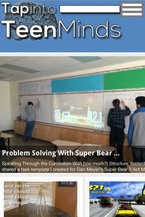
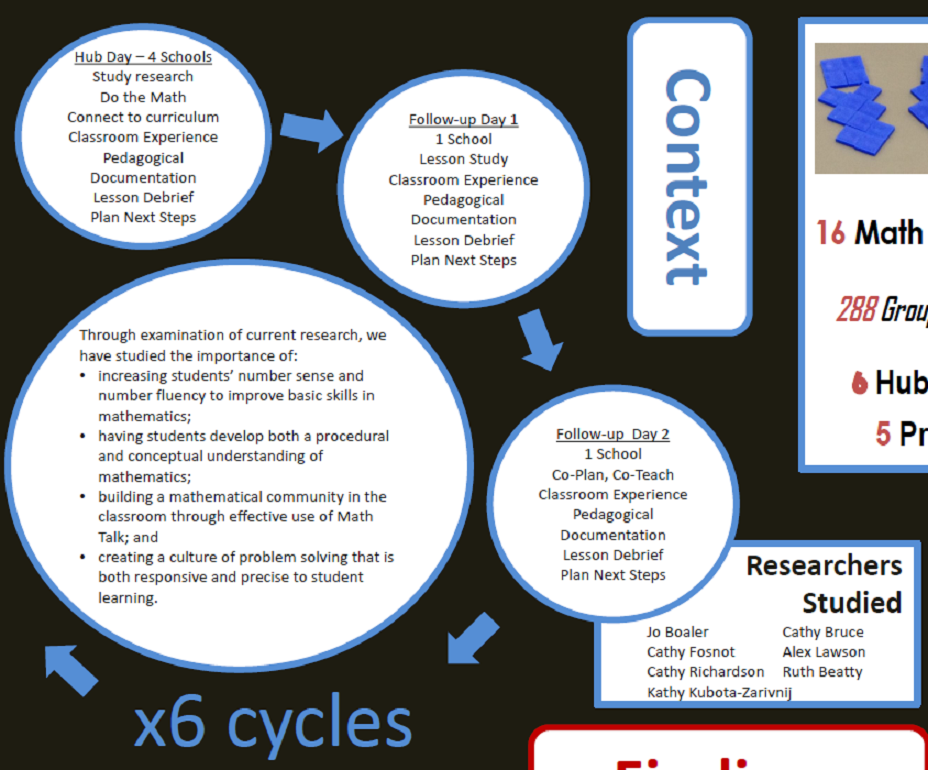
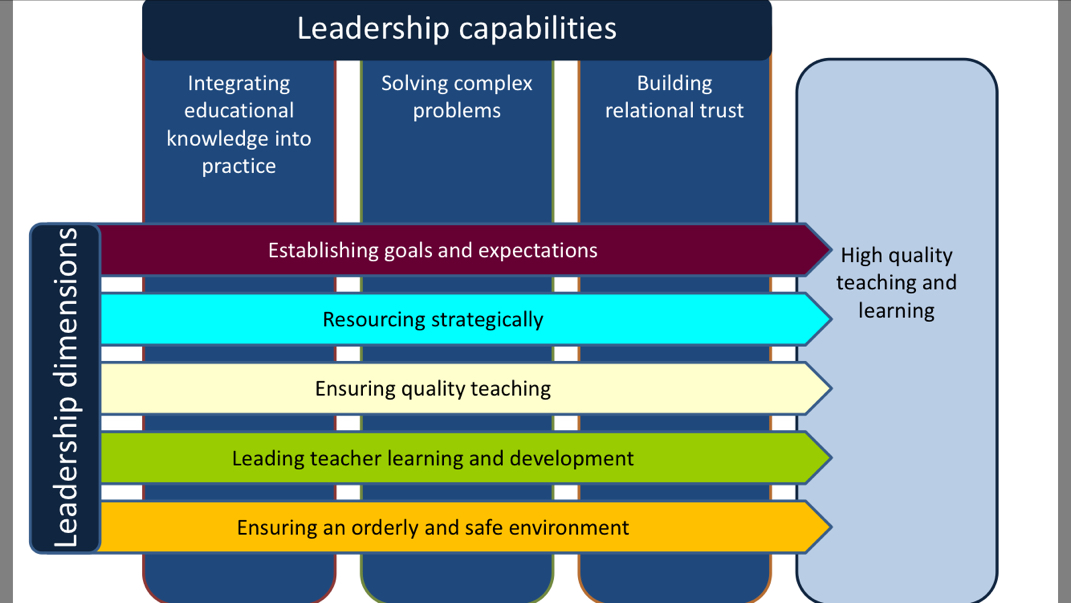
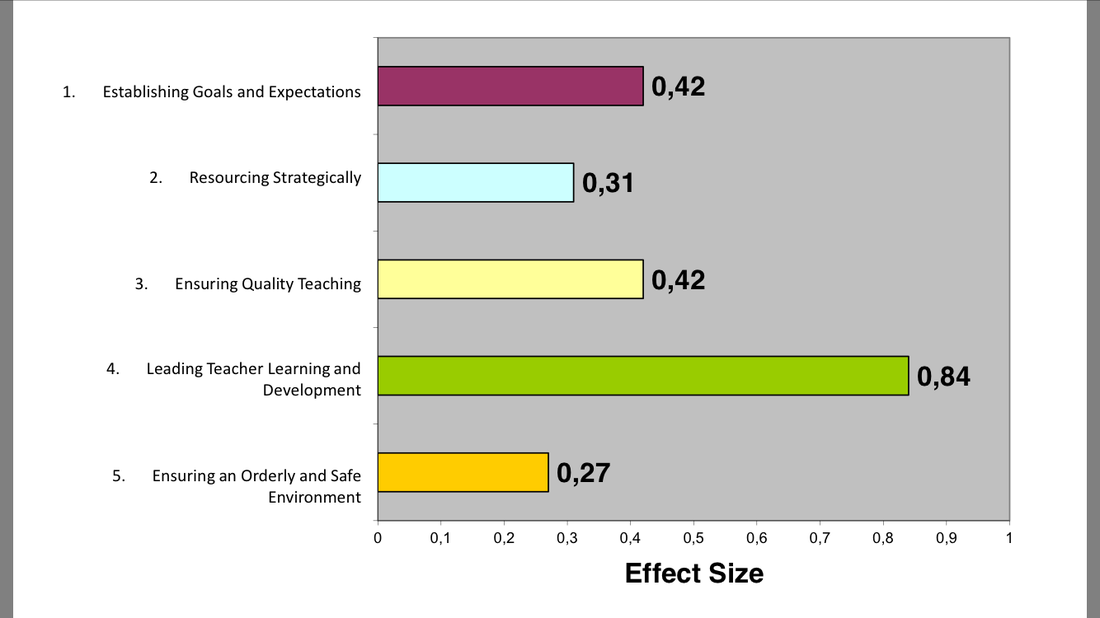
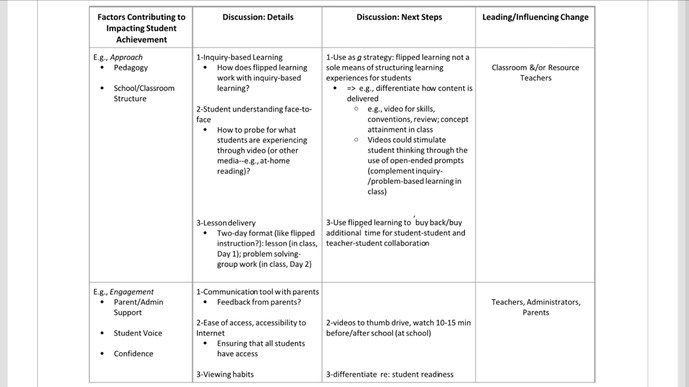
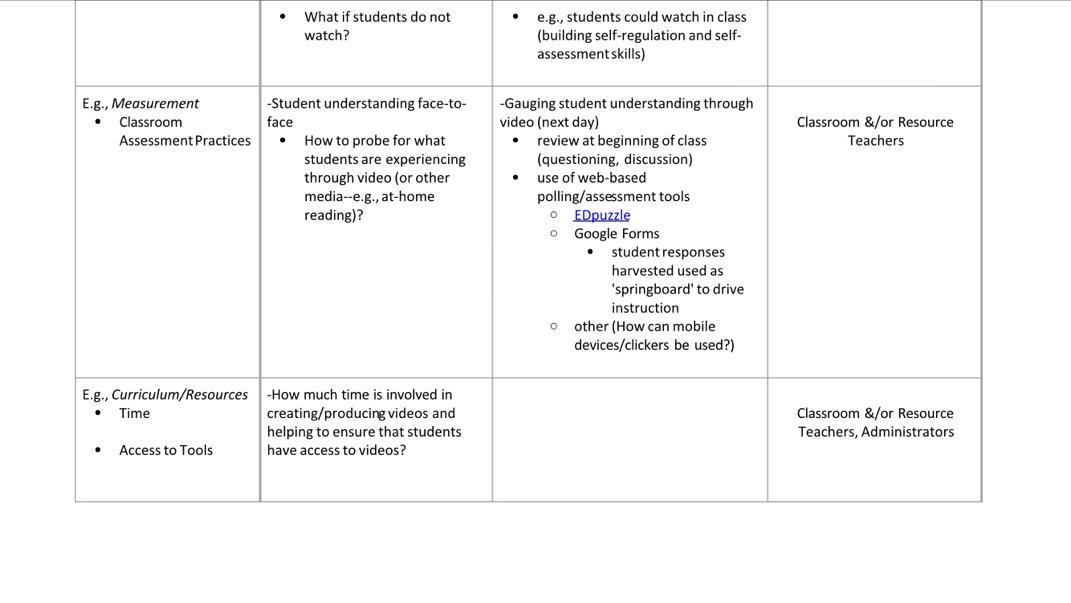
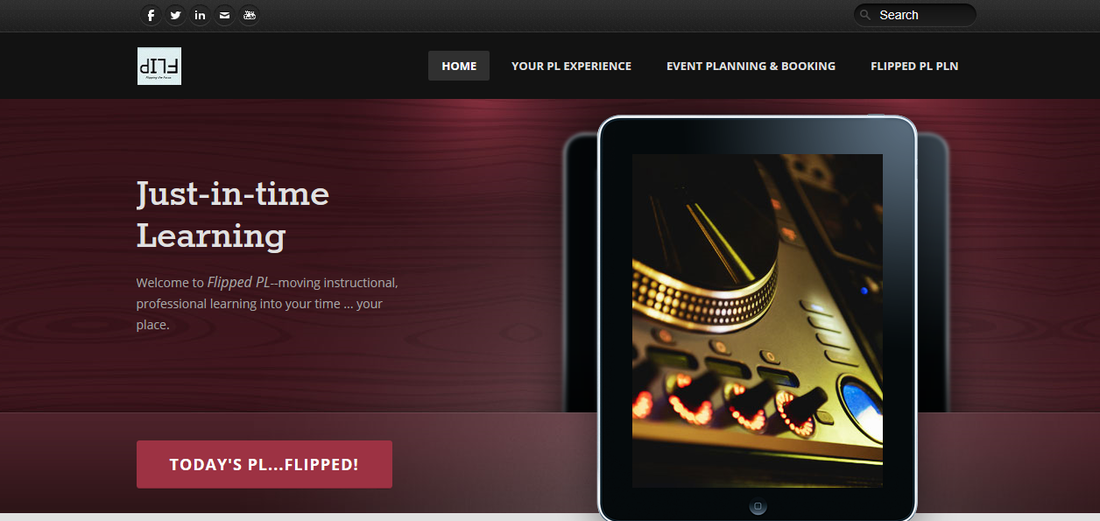
 RSS Feed
RSS Feed


